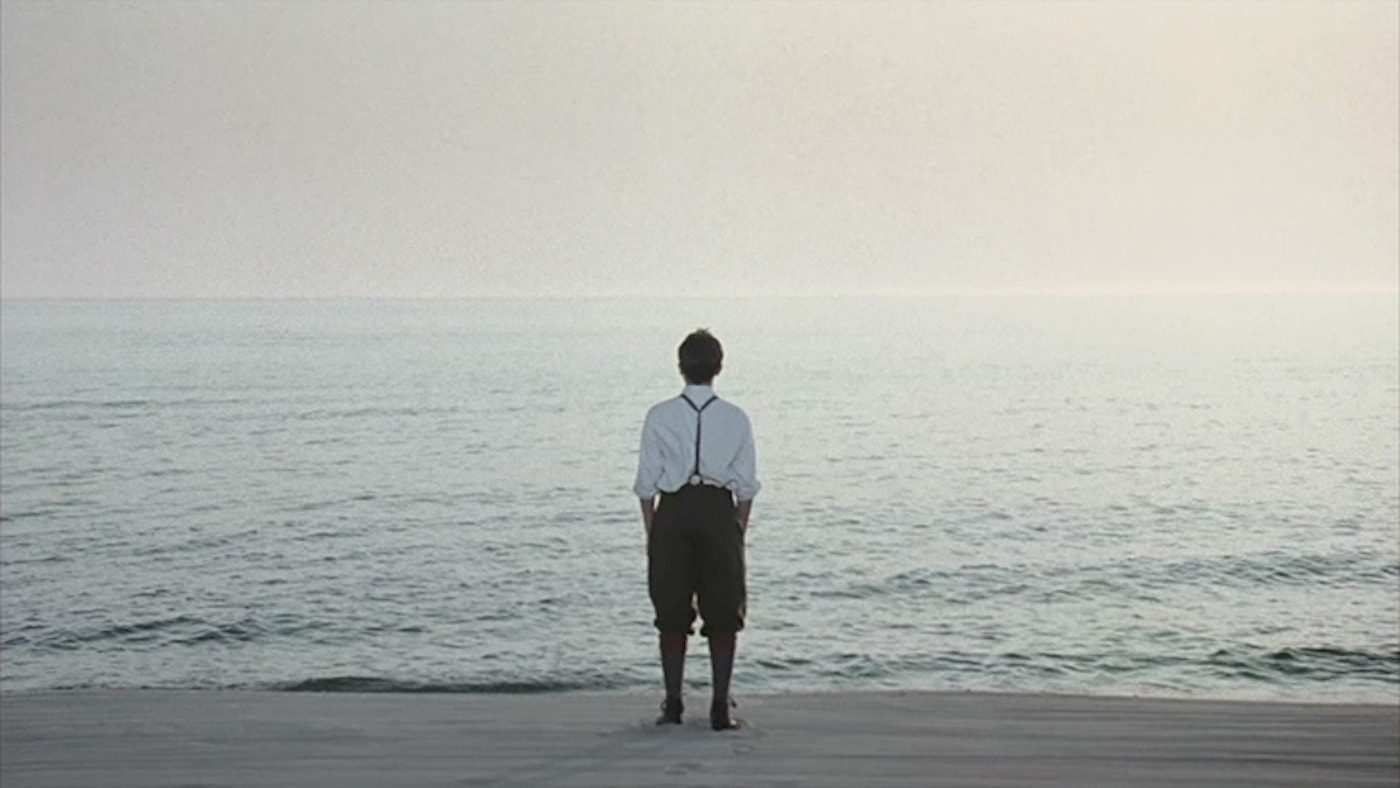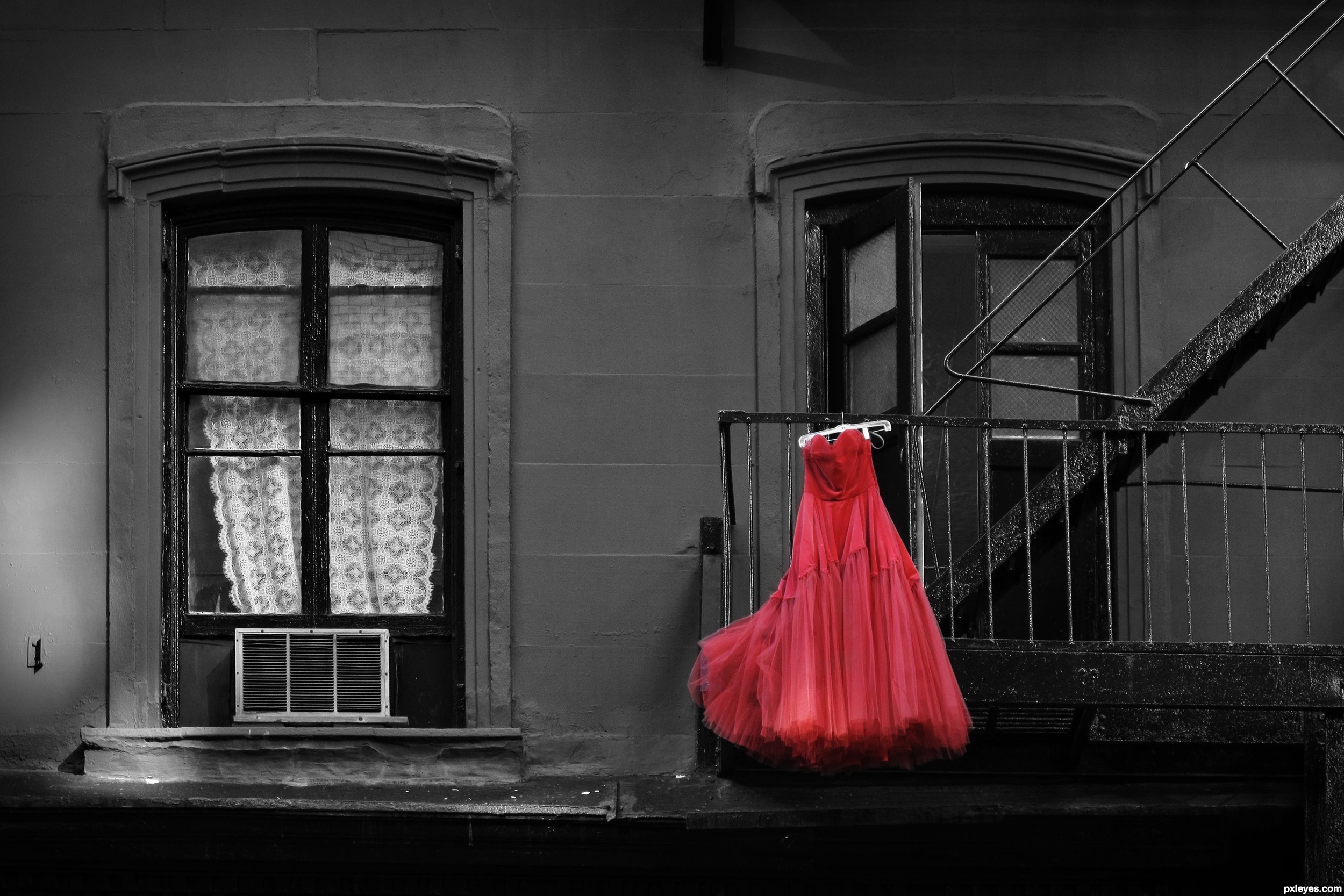How To: Take Perfect Pictures On Your Smartphone
It goes without saying that everyone and their aunt has the ability to start taking good quality pictures, thanks to smartphones. The vast majority of recent smartphone models (for example: Apple iPhone Xs; Samsung Galaxy S9; Huawei Mate 20 Pro; Google Pixel 3 and many more) have fantastic, high quality cameras. Older models still have good cameras too!
This makes it very possible to capture great snaps on the go. Anyone can try their luck as an amateur photographer without the need to lug around an expensive digital camera and an array of lenses.
For schools this means great #SchoolStories can be recorded; to be shared with communities on social media platforms like Instagram, Twitter and Facebook, or on websites and parent comms.
But it takes a little knowhow and practice to turn the average pic into a great, highly engaging pic. Here are a few tips to take the perfect photo on your smartphone.
Camera set-up
Use guidelines: A great beginner’s trick to learn in photography is the “rule of thirds”, the idea being that if you break down an image into thirds you can create a guideline for where points of interest can go. This should help you line up shots (but can take a little practice to understand and implement).
Your camera settings will have an option to toggle guidelines on and off.
Manual focus: While your camera has a default functionality to autofocus on the foreground, it can quickly lose focus (especially with a moving object) or misjudge what you want to focus on. This can be resolved with a simple screen tap on where you want the focus to be just before you take the snap.
Clean lenses: Since your smartphone probably loves half its life in your pocket or bag, the lens can quickly accumulate dust and grime. Be sure to use a soft handkerchief or non-static wipe to clean the lens(es) before taking your pictures.
Different lenses: One thing you may notice with professional photographers is they always seem to be swapping the lens on their camera. This is so they can take pictures with different aspects, styles and zoom.
With smartphones you can buy additional lenses that clip on. Different lenses will have different effects, whether it is wide-angle, super wide-angle, fish-eye, macro or many others. Options are always good.
Shot composition
Focus on one subject: The subtle art of photography can often come down to simplicity. Don’t have too much going on in your picture and have a primary focus.
You can make your subject more prominent by having a good range of negative space around them - with some pros suggesting that a good picture with one focus should have around two-thirds negative space.
The art of negative space: There is nothing wrong with having negative space around your photo’s subject. Negative space, which can be seen to great effect in the images above and below, refers to the areas around, and sometimes between, the subject(s) of an image.
Consider this image with lots of negative space. Do you think it makes the subject of the image, as small as it is, stand out more?
Different perspectives: Be willing to try out new angles for your shots. Straight on, centred and level pictures can come across as too generic. Having a different angle and perspective can open up the subject to new avenues.
Take shots from low down, or by pointing the camera straight up using the sky as your negative space. Or how about from above, angling down? Or from further away than planned, or right up close? Experimentation can lead to some fun shots.
Get closer, don’t zoom: A common mistake many make is to zoom into the subject, when simply moving forward can have the same effect. Zooming begins to deteriorate the quality of the image; the further you zoom the lesser the image’s quality become. Go too far and the picture becomes grainy. Of course this is not always possible, but something that should be considered.
Natural light: One thing smartphones are notoriously not great for doing is having a decent quality flash. The flash on most smartphones will often make the subject look washed out. Instead of relying on a flash try to use natural light as much as possible; even when it is dark.
Natural light is also a great way to start experimenting with shadows, something that can add more dimension and quality to your shots.
Tripods: Taking pictures on the go is made much easier with smartphones, but that does not mean that you will always have stability. Consider investing in a tripod to make this aspect a lot simpler.
We have always been fans of the Joby GorillaPod, which you can pick up for quite cheap. It allows you to use it as a tripod in all sorts of situations.
Manual exposure: Being able to manually alter your smartphone’s camera means that you can adjust how much light you let in. By default this is an automatic feature on the vast majority of smartphones, which can sometimes lead to pictures coming out wrong. Take control of the exposure yourself and you’ll likely start to see a difference.
Candids: Yes, sometimes a posed pic has its place but there is one major thing that you’ll be missing (something that we talk about a lot when it comes down to #SchoolStories): AUTHENTICITY.
Instead of lining up and directing each picture, let your subject(s) be doing their own thing so you can capture genuine and natural shots. This will almost certainly tell a story far better than a posed picture; better capturing the emotion and heart of what is happening at that moment in time. Take lots of pictures to best capture these moments - sure there will be lots that look bad, are blurry, half-shut eyes, and all of those things. But there will also be amazing, in the moment, beautiful shots that you’ll love.
Reflections: Reflections can take a photo to the next level, there is just something amazing about them. Whether it is in a puddle or larger body of water, or a mirror, or windows and other reflective surfaces, try to keep an eye out for this type of opportunity.
Lines: Lines in an image has a natural way to draw the eye towards something (these are also known as leading lines). They might be straight or circulinear, diagonal or curved, as can be seen below. Again, keep an eye out for these as they can add more depth to your images.
Symmetry: There is something inspiring about symmetry in photography - where a picture is balanced and in harmony.
As you can see above, the photo can be split into two equal parts and mirror neatly. It is a compelling feature to have on your own images.
The smaller details: Don’t be afraid to get in close and identify the little things that could have a huge impact on your photo. Candid moments and finer details are two things that will make an image really engaging. Think things like: water droplets on a flower, rust on metal, a bubble of air in water, the grain in wood.
You can even find these details after the photo has been taken and using your photo editing software to help pick them out.
Experiment: Plain and simple, try to think outside the box. As your confidence grows with your smartphone camera, so too should your willingness to just try new things. There are no right and wrong answers, just best practice.
Post-shot
Edit for new styles: There are so, so many different apps and software available to photographers when it comes down to editing their pictures. Some are full editing suites (e.g. Photoshop or Snapseed), some add basic filters and stickers (e.g. Instagram or Snapchat) and others do all sorts of things.
The point is this: you may discover hidden depth to your images by knowing how to edit well. Here’s a classic starter for ten: how does your photo look when you turn it black and white?
Colour Blocking: This is a nifty and impactful editing technique where you pick out particular colour(s) in an image, with the rest as black and white. It will help you draw attention to certain subjects or features. Again, there are lots of apps for this, with Touch Color being a highly recommended one to try out.
Happy experimenting! Please feel free to share your own experiments with us on Twitter or by commenting below.


















